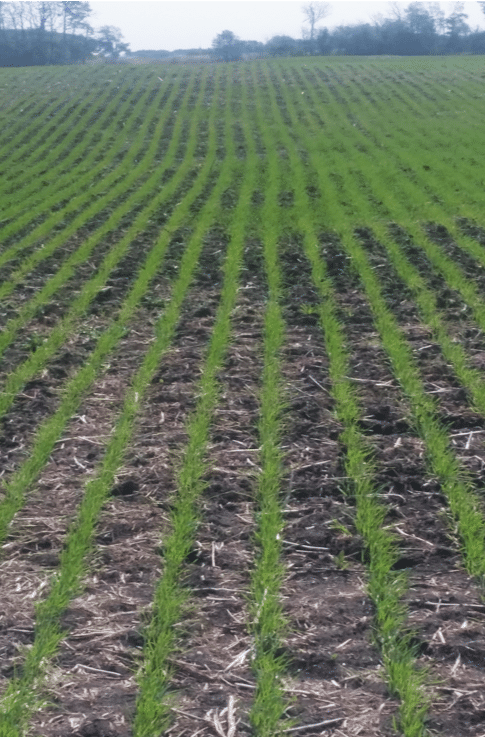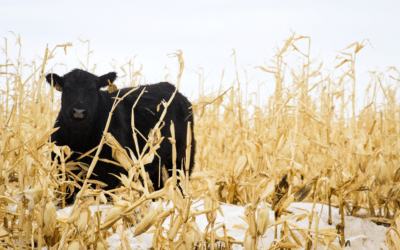Garth Donald, Manager of Agronomy, Decisive Farming by TELUS Agriculture
24 years ago when I first started in this business, almost every farmer planted canola at exactly the same rate. No matter how sandy or loamy, high or low moisture, productive or thin-yielding the land, and no matter how plump or slim the seed, we planted 10 acres to the bag. But, because canola seed is expensive and canola companies were invested in optimal production, seeding rate practices changed. Today, 1000 kernel weight (TKW) testing is a given in canola, corn, sunflower, and beans, and variable rate seeding is intriguing more and more farmers.
In cereals, however, growers still tend to plant by feel and habit. When I ask a grower their cereal per acre seeding rate, the most common answer is, “Oh, well about a bushel. Maybe a bushel and a bit.” Rather than planting based on seedbed utilization or plants per square foot, many cereal farmers still plant based on “that’s the way my dad did it” tradition.
But here’s the thing: cereals are no different than row crops or canola. If you want to get the most from your land – and let’s face it with today’s land and input prices, that’s the only way to survive in agriculture – you need to put the right number of seeds in the ground.
Planting the right rate enables a farmer to apply the right rate of nutrients with no wasting and no shortchanging. It also allows proactive moisture management. In dry years, a heavy-seeded field might look more productive, but an optimally-seeded field will actually yield.
Too, seeding right promotes plant health and ground cover to best manage weeds.
Weed resistance is a big deal. Already we’re seeing the spread of Roundup-resistant kochia, group 1, 2 and 8-resistant wild oats, and more. However, one of the simplest, first-line-of-defense tools to manage resistance is promoting a strong plant population that covers the ground quickly and adequately.
So here’s what I recommend.
First, value your cereal seed. When farmers use their own seed, they rarely view that seed as having value beyond the $1.50 or $2.00 cost of seed treatment and cleaning. But seed – homegrown or otherwise – has inherent value. Take feed barley, for example: if you could have sold that barley for $8/bu to a mill, it’s still worth $8/bu going back into your field. Putting a dollar figure on the seed you save for planting can make it easier to view it as a true resource worthy of precise management.
Second, invest in a TKW test. Yes, even in cereals. The $20 cost and small amount of effort means you have the information you need to make accurate rate decisions.
Third, start moving towards matching your seeding rates as closely as possible to what’s actually happening in your fields. For some farmers, optimizing seeding rate could mean full variable rate seeding. To them I say, fantastic: variable rate seeding is absolutely the way of the future and the way to get the very most from your land base. For other farmers, however, optimizing seeding rate may mean adjusting rates on a field by field or area by area basis. To them I also say, fantastic: small steps towards optimized seeding rates are a big improvement over a one-size-fits-the-whole-farm seeding method.
Finally, remember that you’re not on your own. Loads of great resources and advice are available today to help you make decisions that will work for your unique farm priorities.





